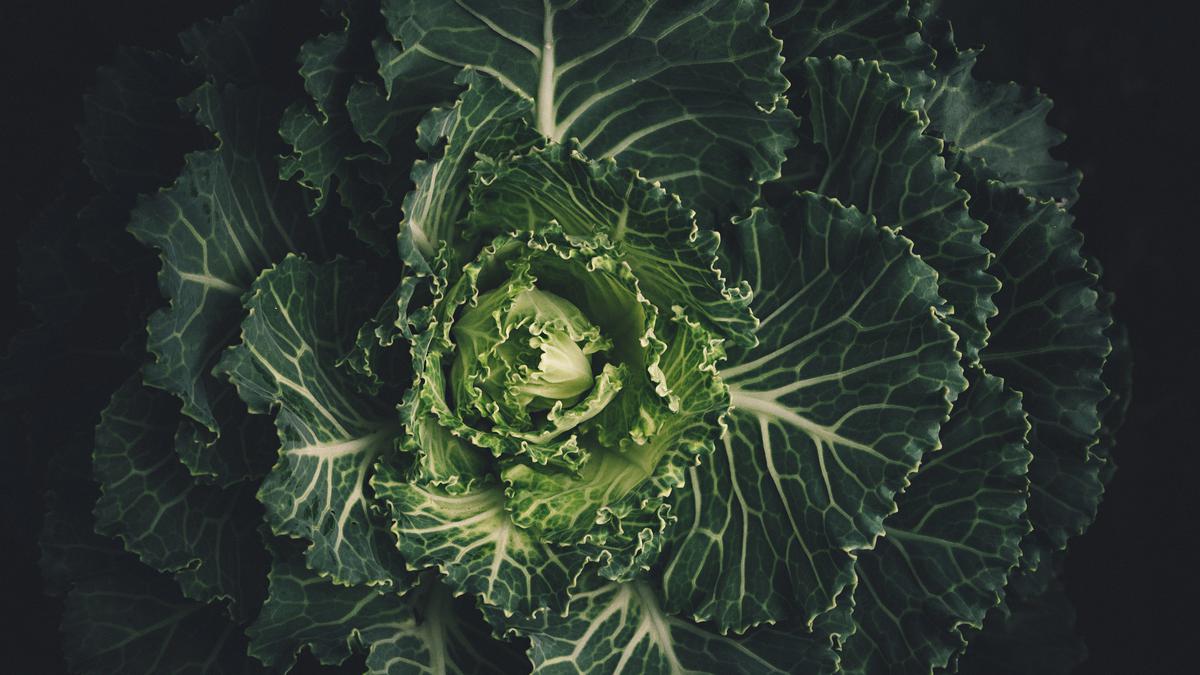
The unusual cabbage mutation that could boost crop yield | Explained Premium
The Hindu
Deleting a single base-pair from the genome of plants like cabbage, cauliflower, broccoli, tomato, and rice can make them male-sterile, leading to an abundant harvest of hybrid seeds. This is due to a process called heterosis, which is enabled by the fine balance of the Ms-cd1 protein's levels. The mutation's effects were discovered 44 years ago in a cabbage plant, and the researchers have since been able to induce the same mutation in other species, showing its universality. This simple deletion offers a new tool to produce hybrid seeds, which have higher yield on average.
The males of plants as diverse as cabbage, cauliflower, broccoli, tomato, and rice can be made sterile by deleting a very small part of their genome’s DNA. This is the take-home message of a paper published in the journal Nature Communications in October by researchers at the State Key Laboratory of Vegetable Biobreeding of the Chinese Academy of Agricultural Sciences, Beijing.
The simple deletion resulting in such a drastic outcome brings to mind the story of a kingdom that was lost for want of a horseshoe nail. But here, instead of loss, the researchers assure us of a gain: that the deletion could lead to an abundant harvest of these plants, thanks to a process called heterosis.
The DNA molecule consists of two long strands. Each strand is composed of four compounds called nucleotide bases. They are designated A, C, G, and T for simplicity (for adenine, cytosine, guanine, and thymine respectively). An A on one strand makes chemical bonds, called hydrogen bonds, with a T on the other and a C on one strand makes hydrogen bonds with a G on the other.
The bonds between As and Ts and the bonds between Gs and Cs hold the two DNA strands together. A base-pair, or bp for short, is a single A-T or G-C pair between the two strands, with the dash denoting the bond.
The genome of the cabbage plant (Brassica oleracea) consists of around 1.06 billion base-pairs organised in 18 chromosomes, which every cell holds in nine pairs of two each. In each pair of two chromosomes, one chromosome comes from the pollen and the other comes from the egg. The DNA (which is all the base-pairs together) in every chromosome pair share a mostly identical sequence of base-pairs.
A gene is a well-defined sequence of typically a few thousand base-pairs, or a few kilo base-pairs (kbp), in the DNA molecule. When a gene is expressed, it means a segment of the base sequence on one of its strands is copied into the sequence of bases in a related molecule, called RNA.
DNA and RNA are the master and working copies of a gene. The RNA is loaded into a cellular machinery called the ribosome. The ribosome uses the base sequence of RNA to specify the sequence in which amino acids are linked together to create the protein encoded by the gene.

KTM has reinforced its middleweight ADV portfolio in India with the introduction of two distinct offerings — the updated KTM 390 Adventure X and the globally-spec KTM 390 Adventure Enduro R. While the former caters to long-distance touring enthusiasts now seeking more value and tech, the latter is purpose-built for riders who demand uncompromised off-road performance, rooted in Dakar DNA.





















 Run 3 Space | Play Space Running Game
Run 3 Space | Play Space Running Game Traffic Jam 3D | Online Racing Game
Traffic Jam 3D | Online Racing Game Duck Hunt | Play Old Classic Game
Duck Hunt | Play Old Classic Game










